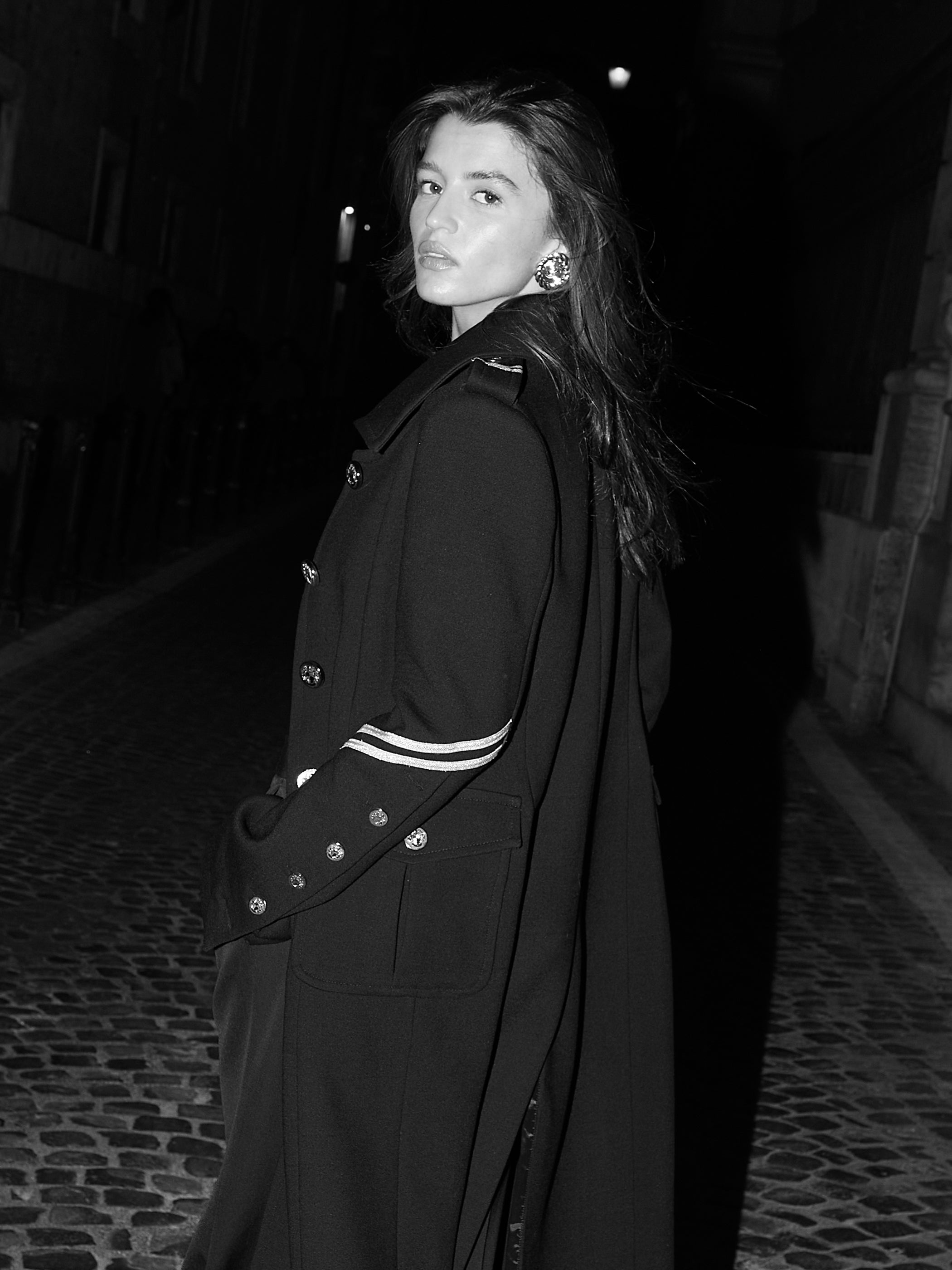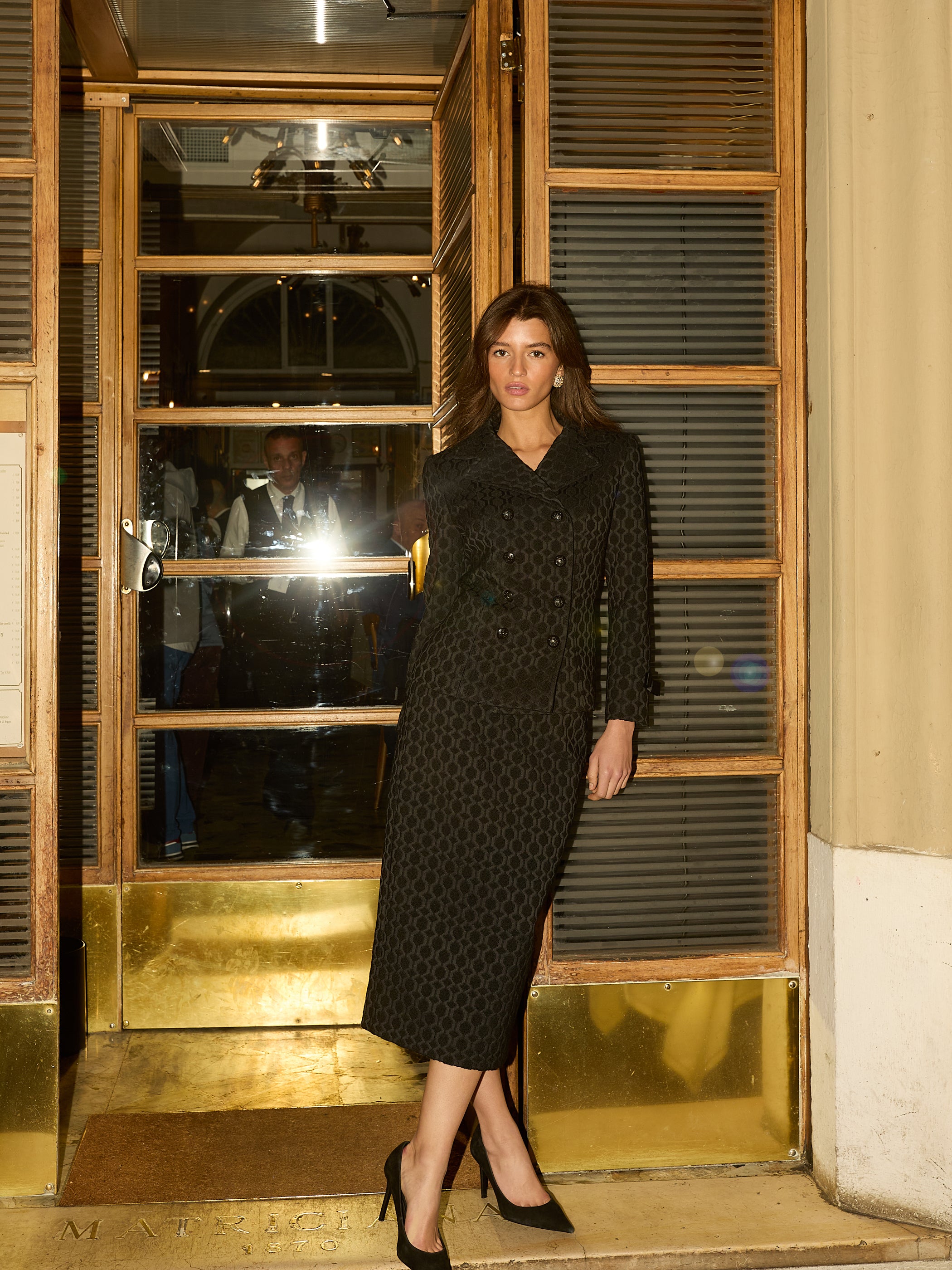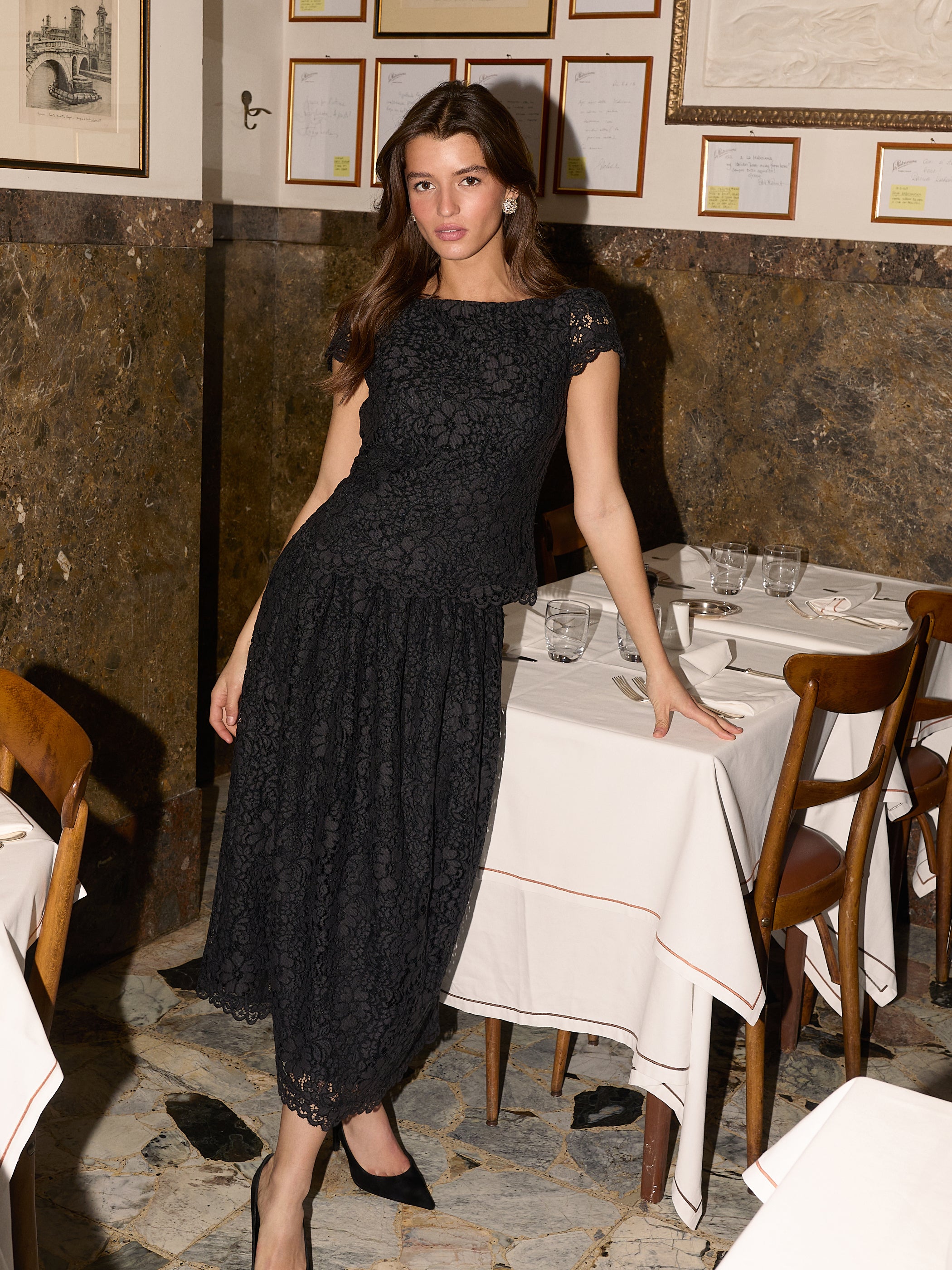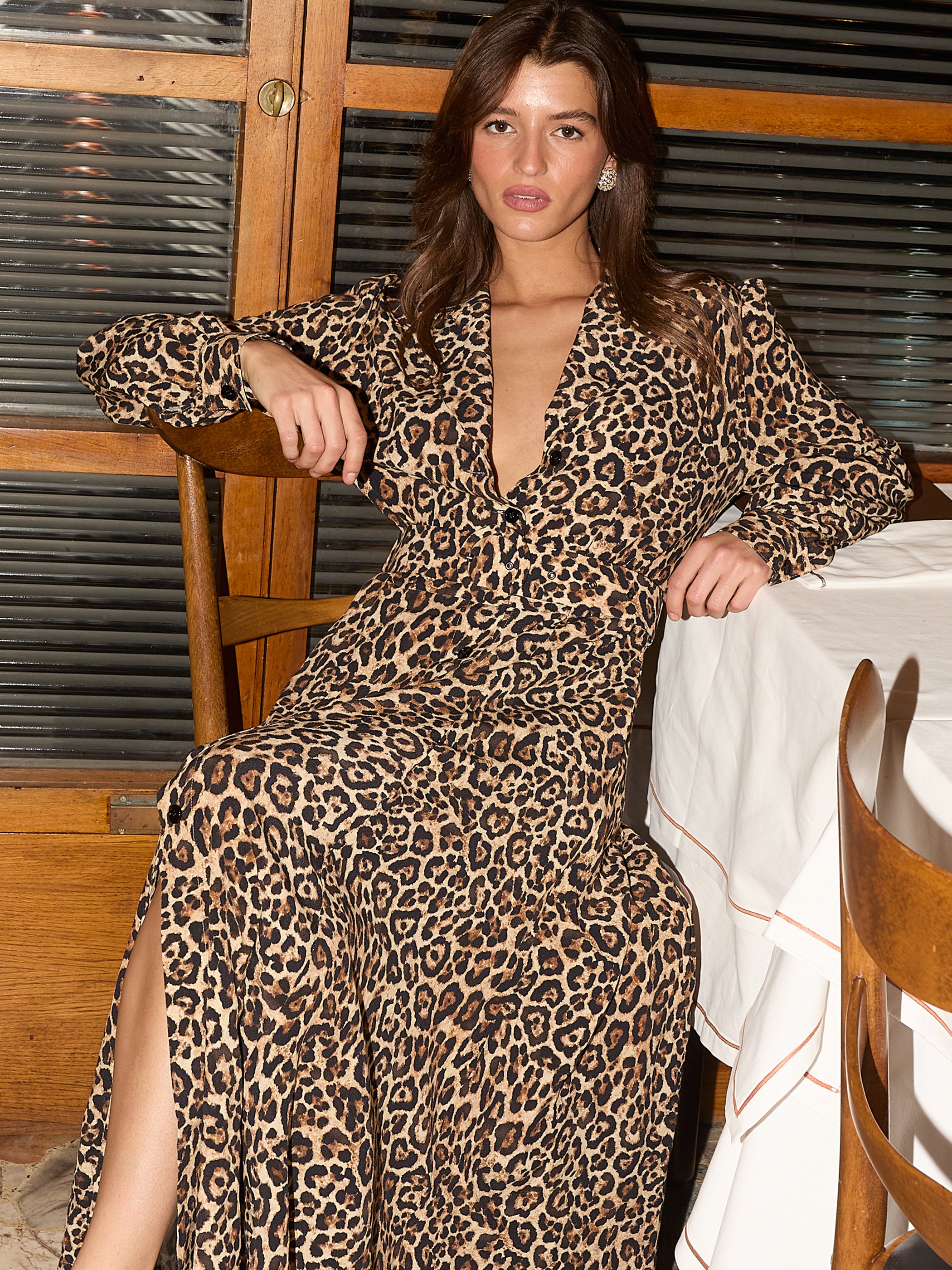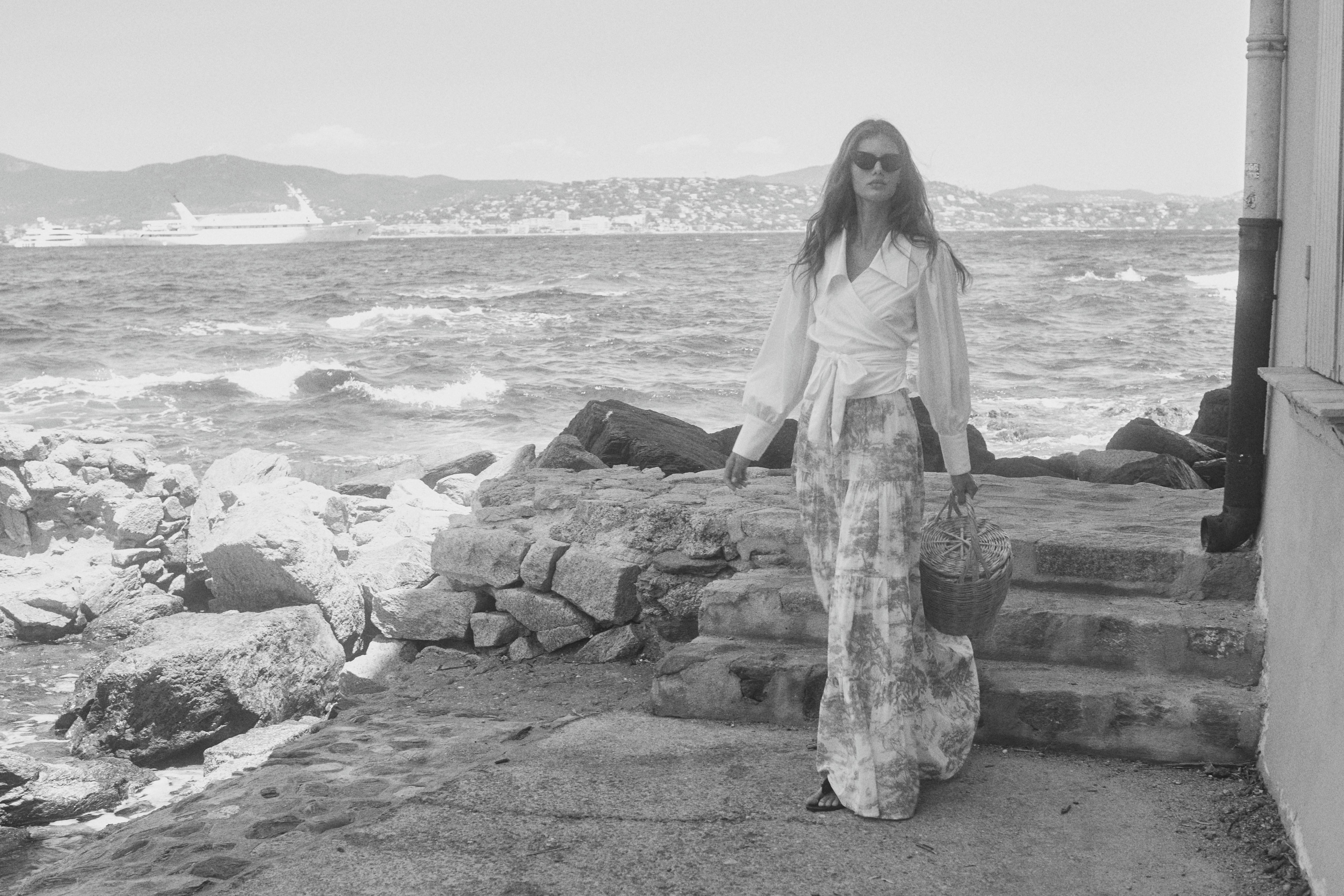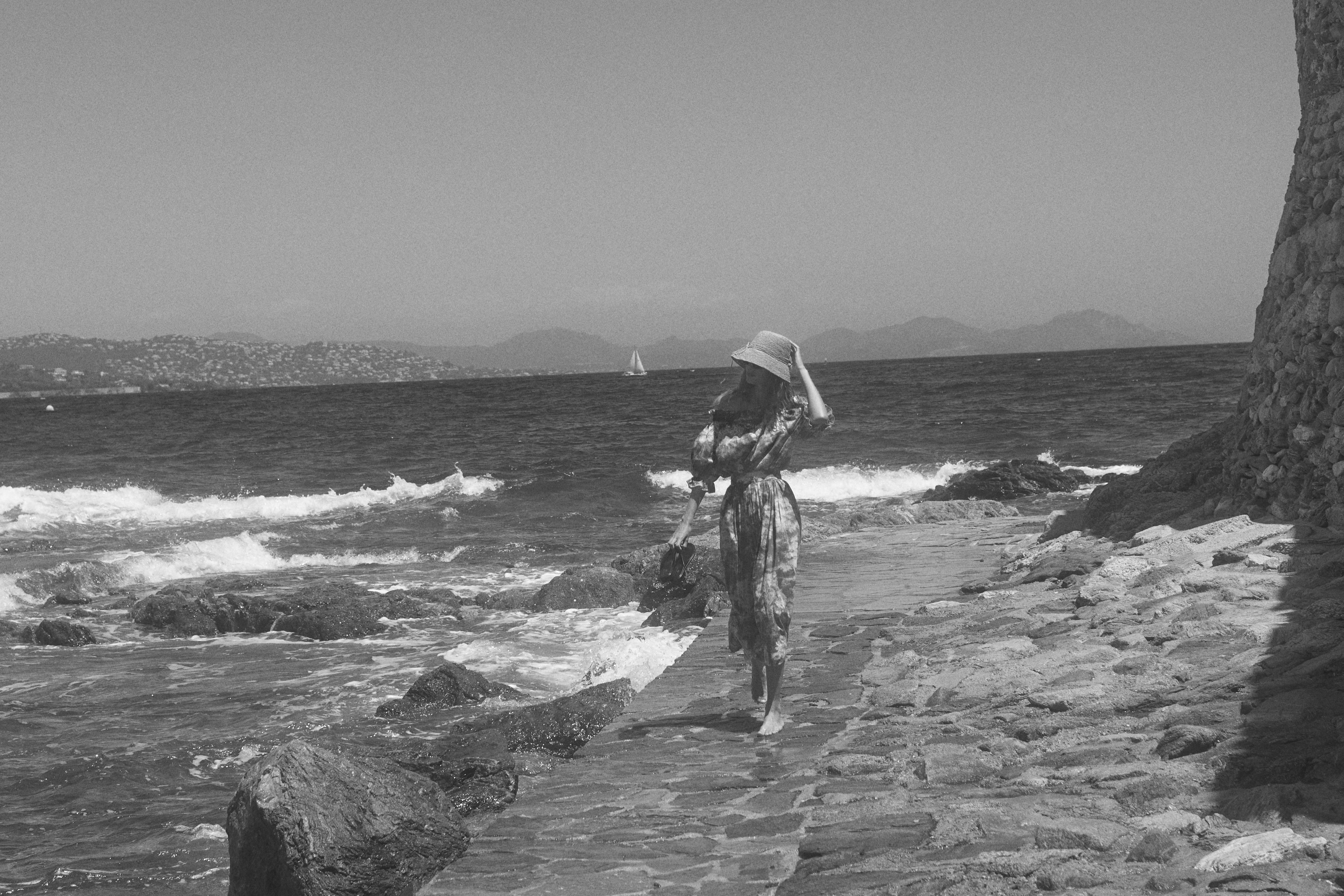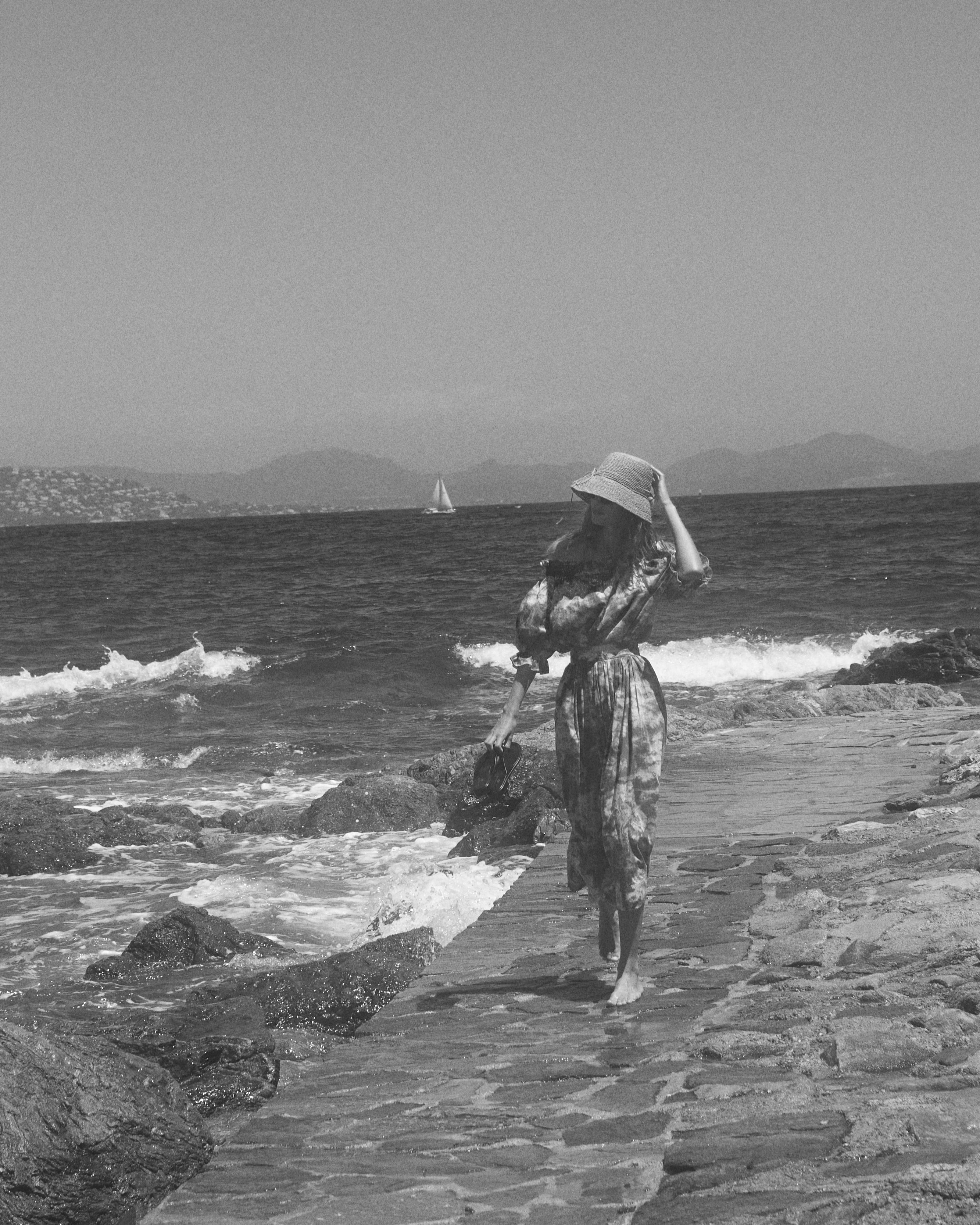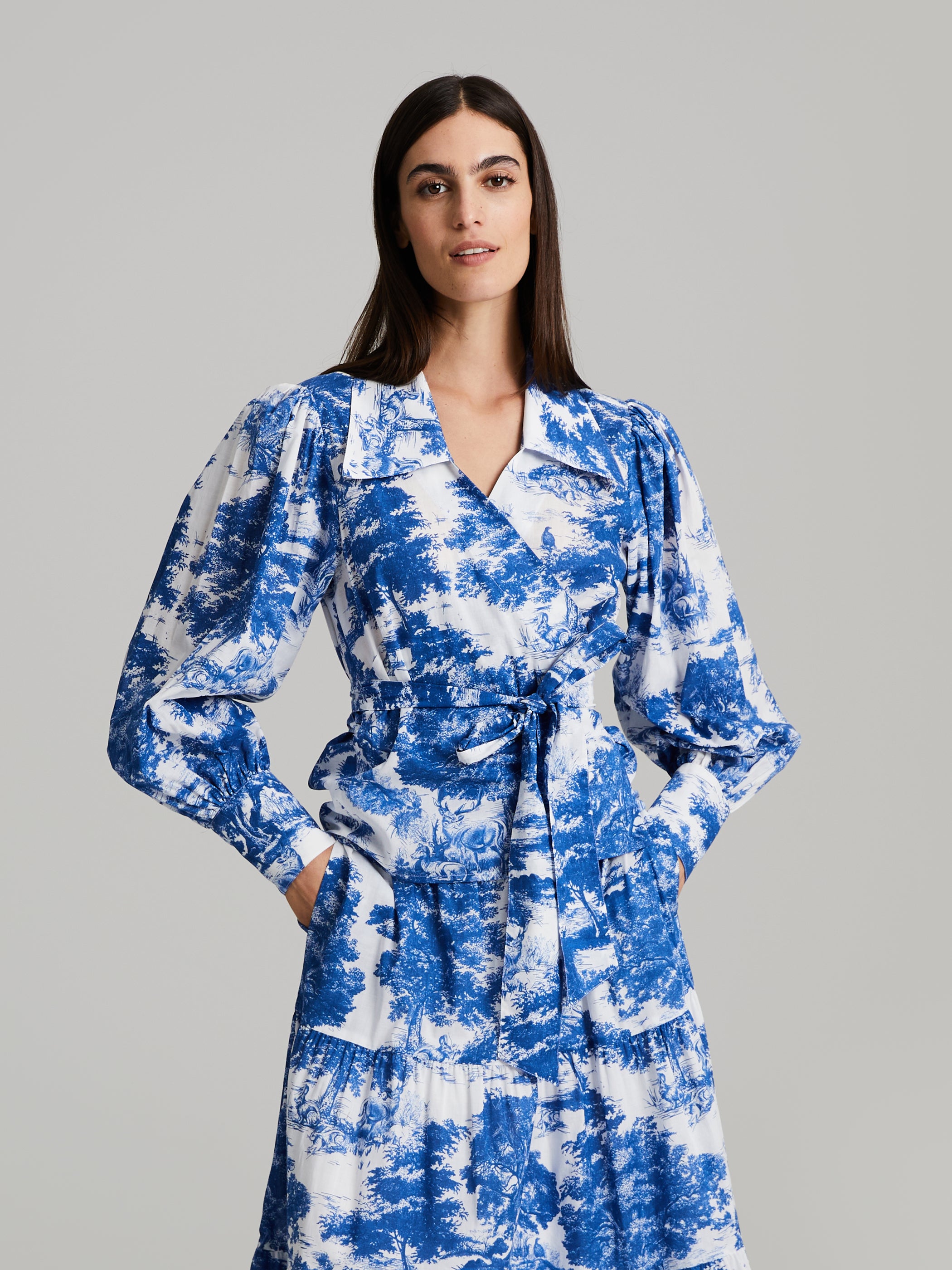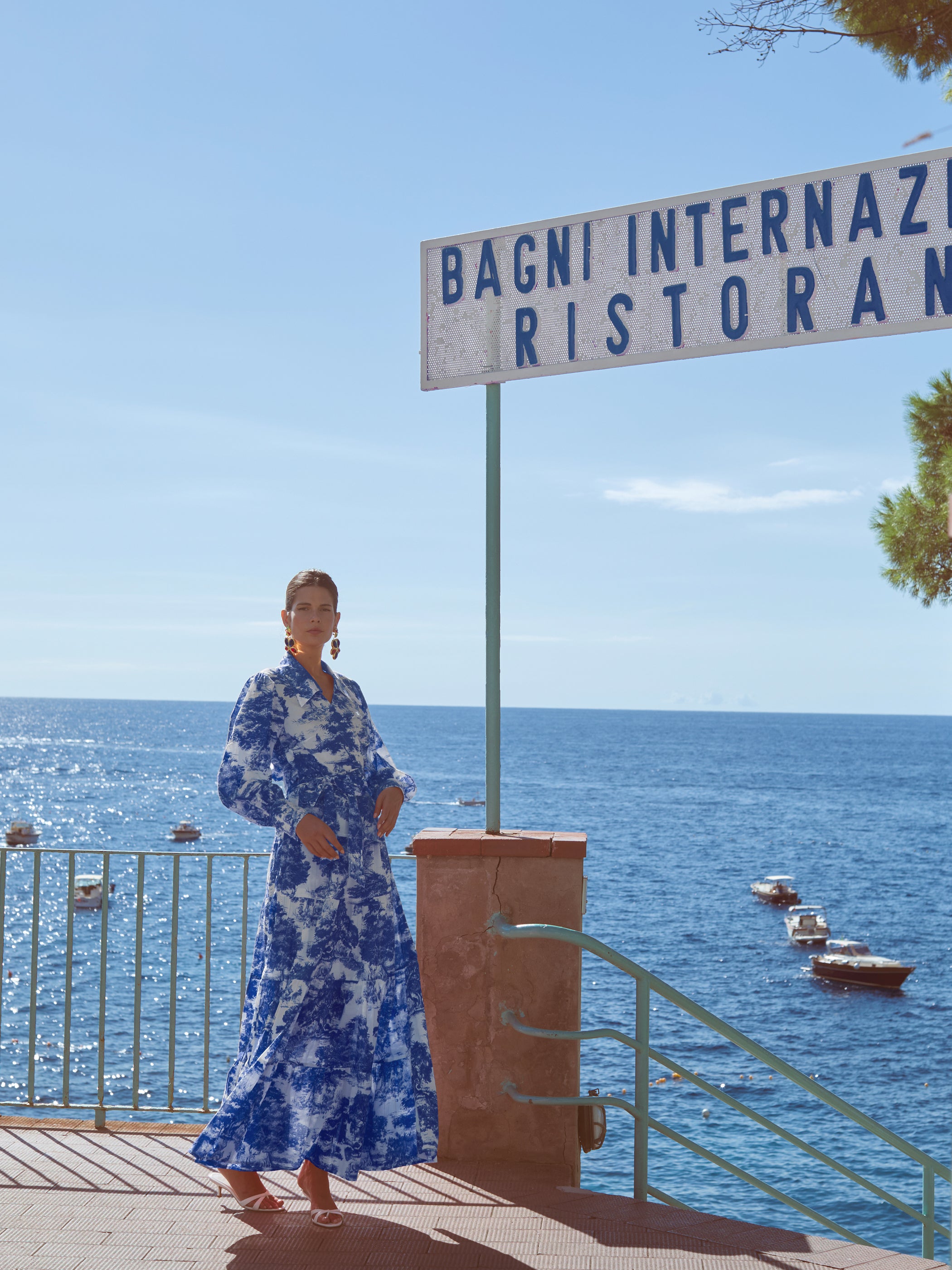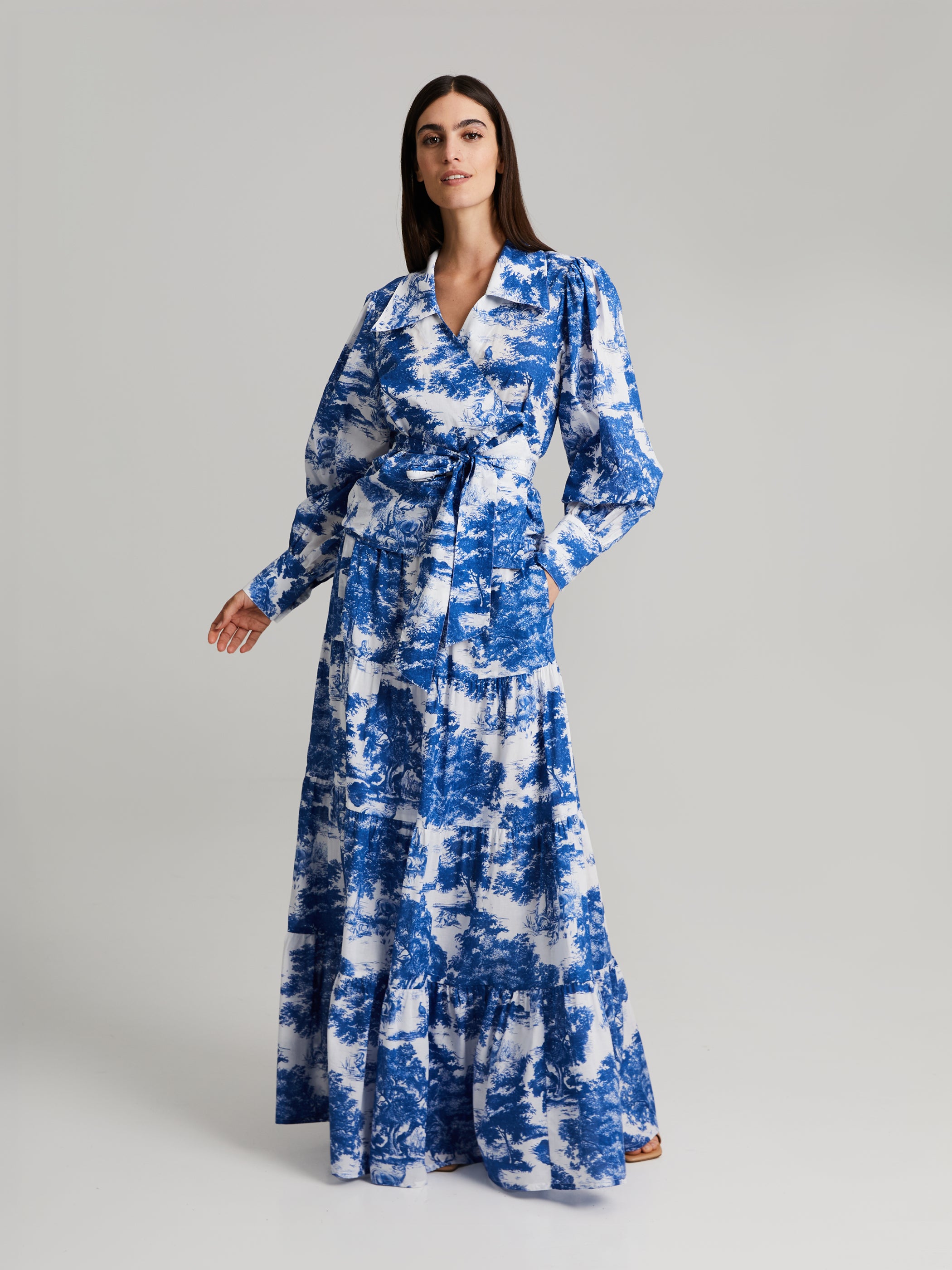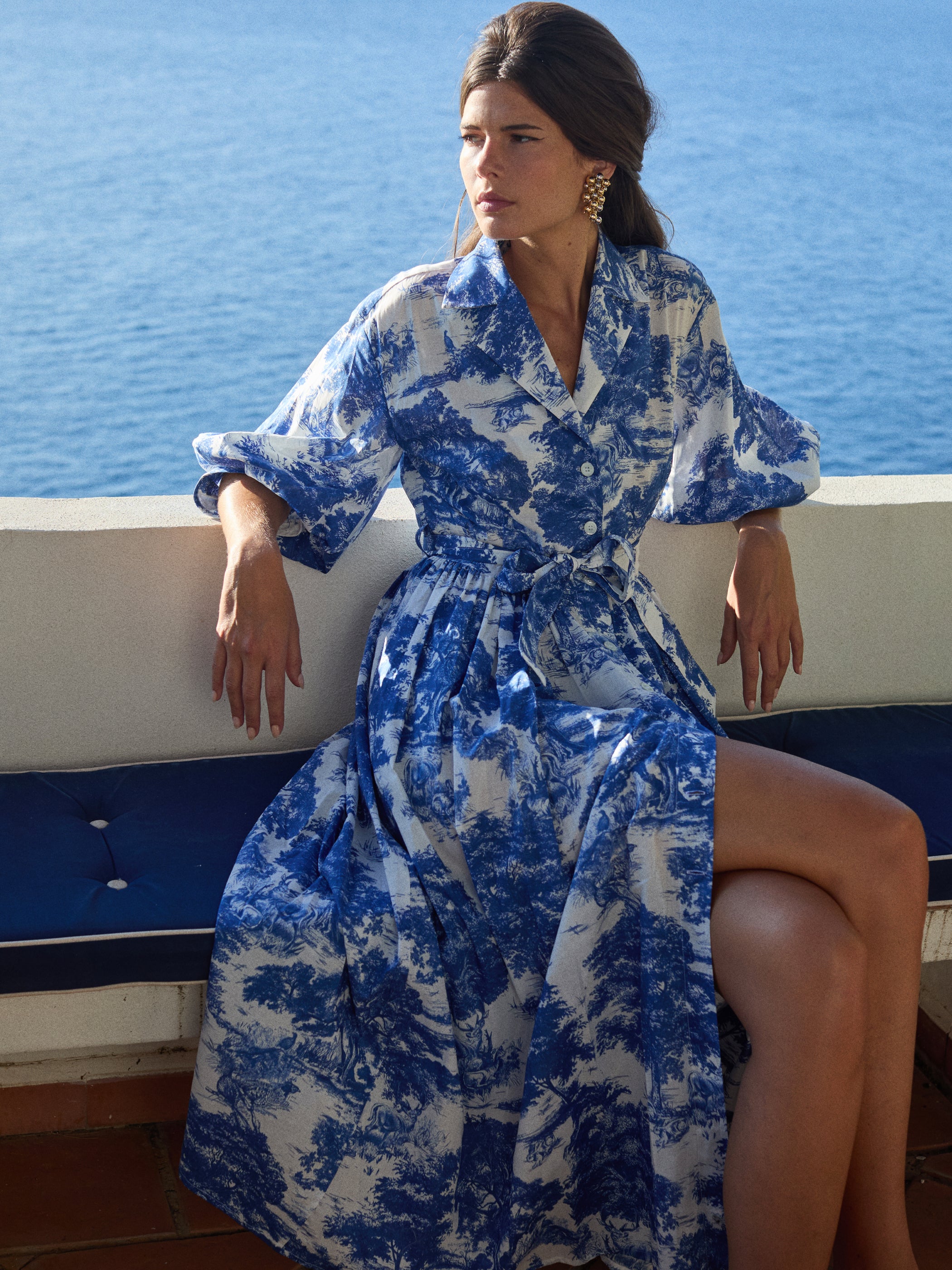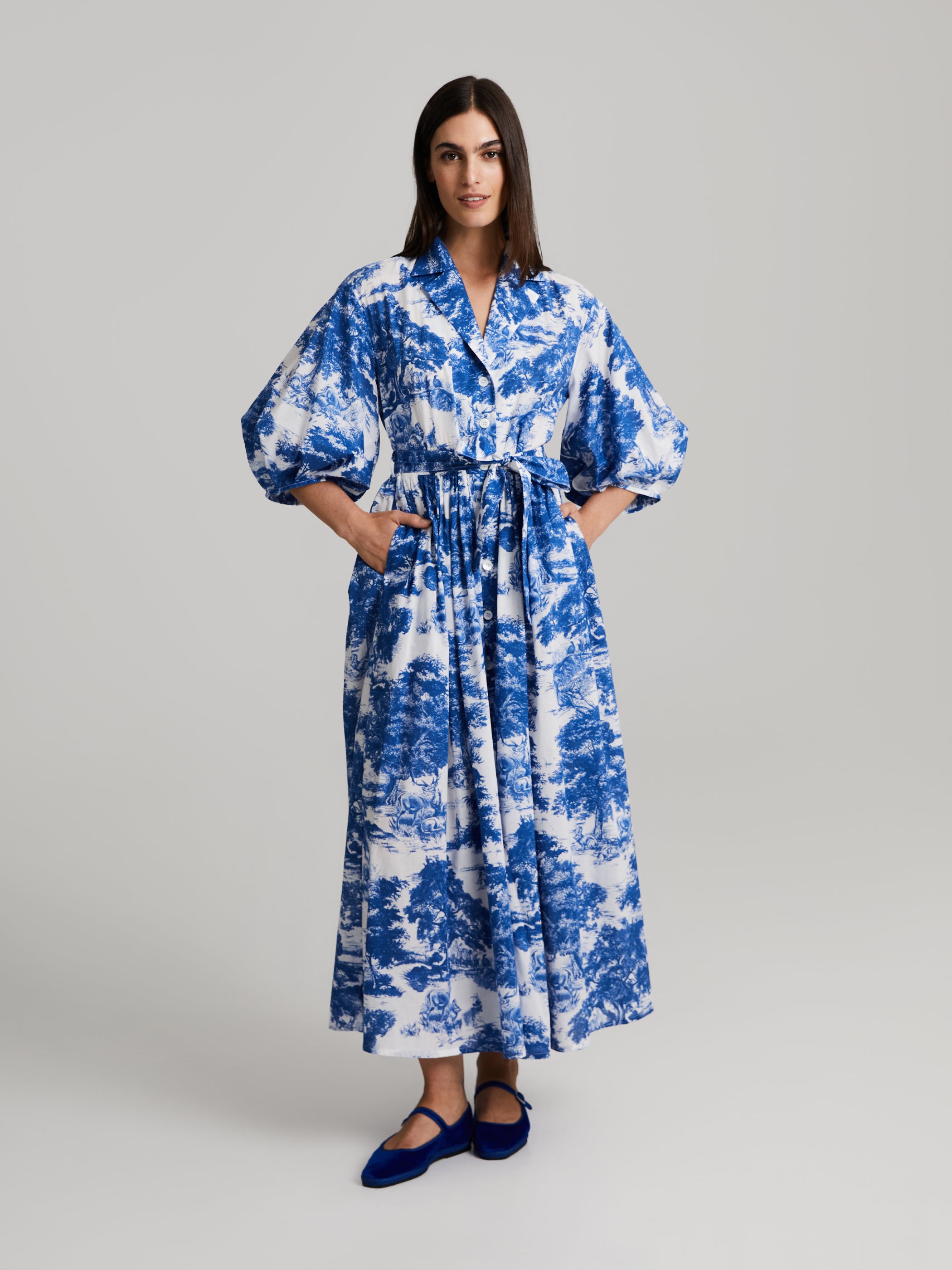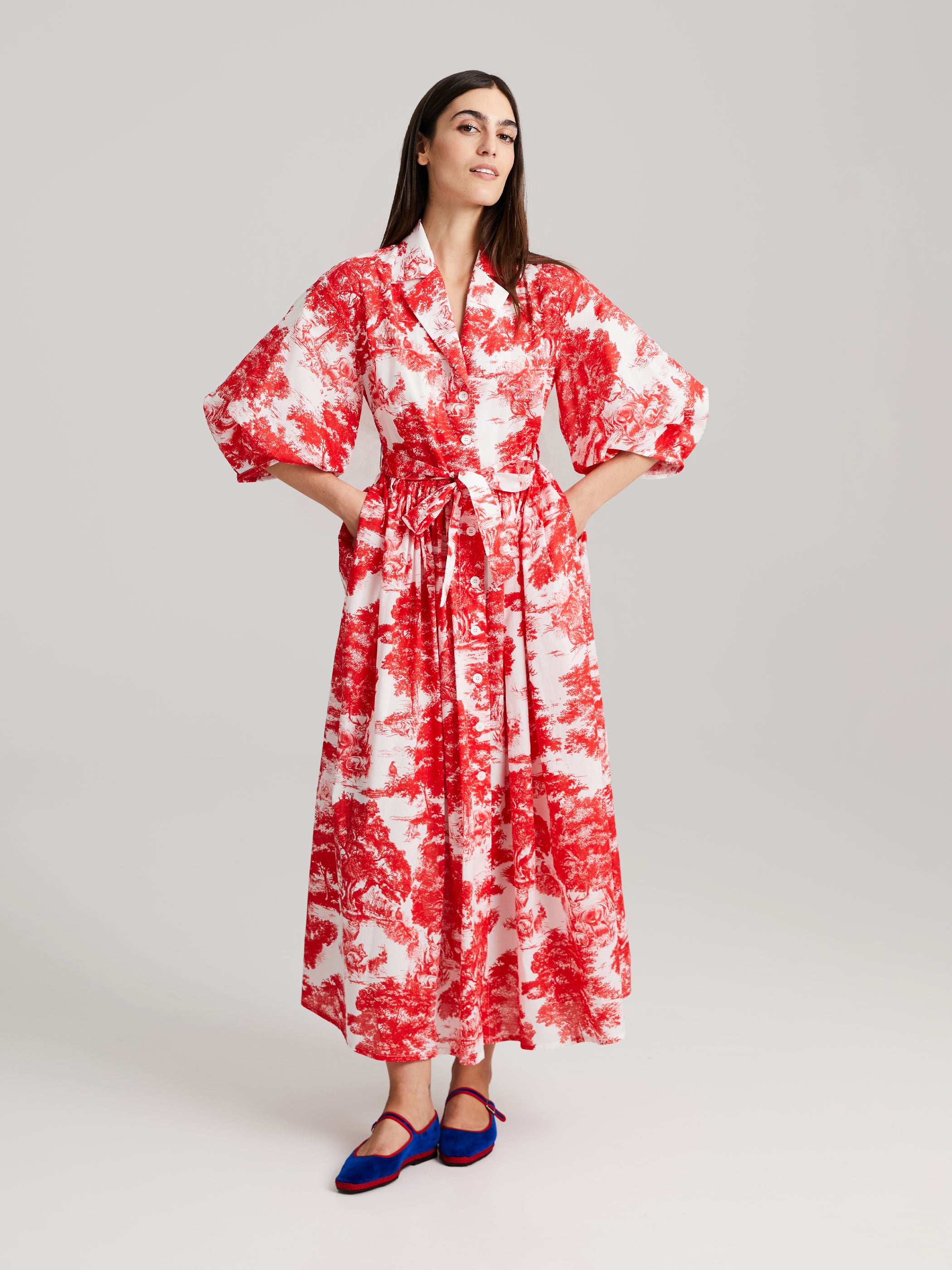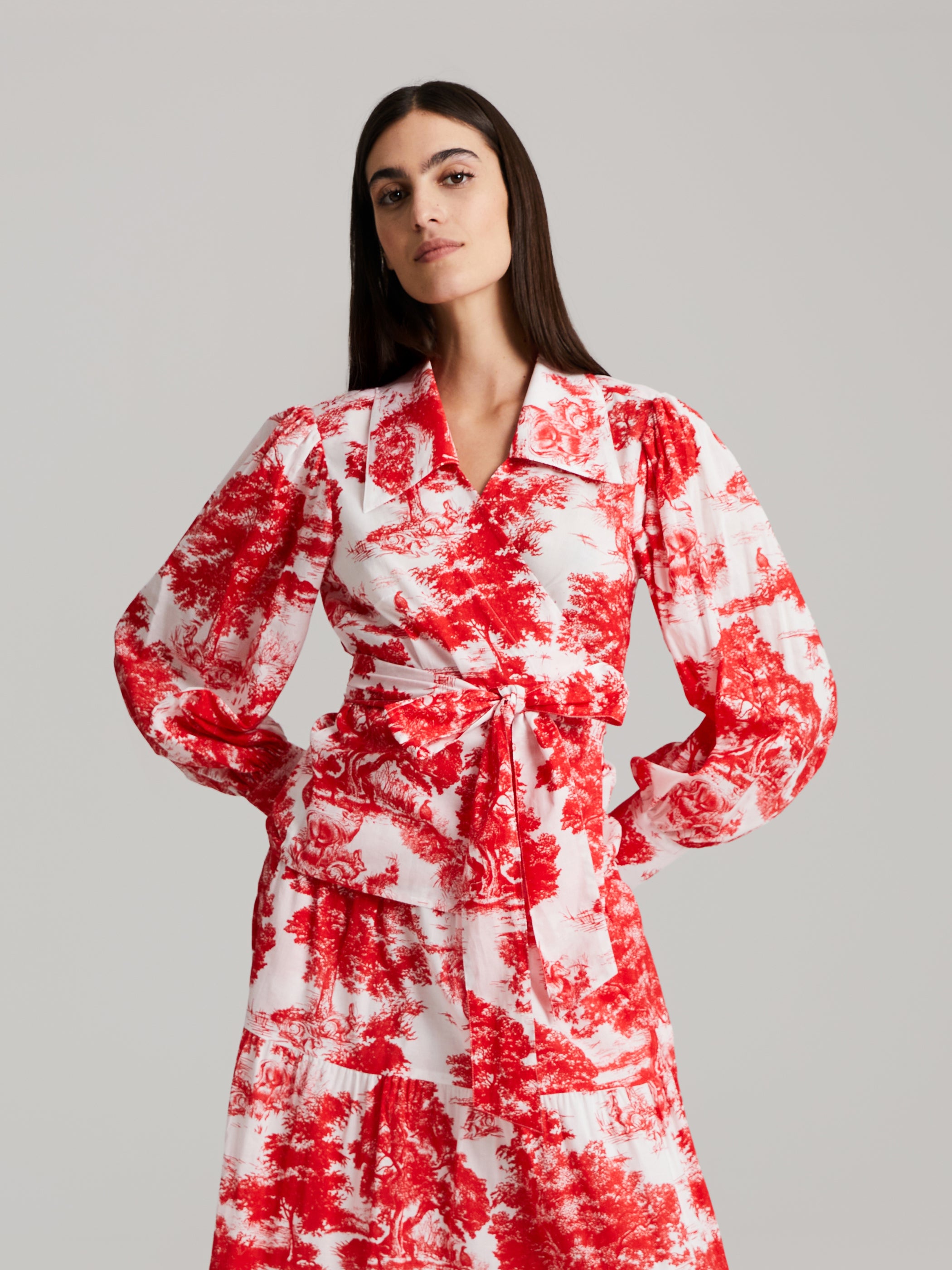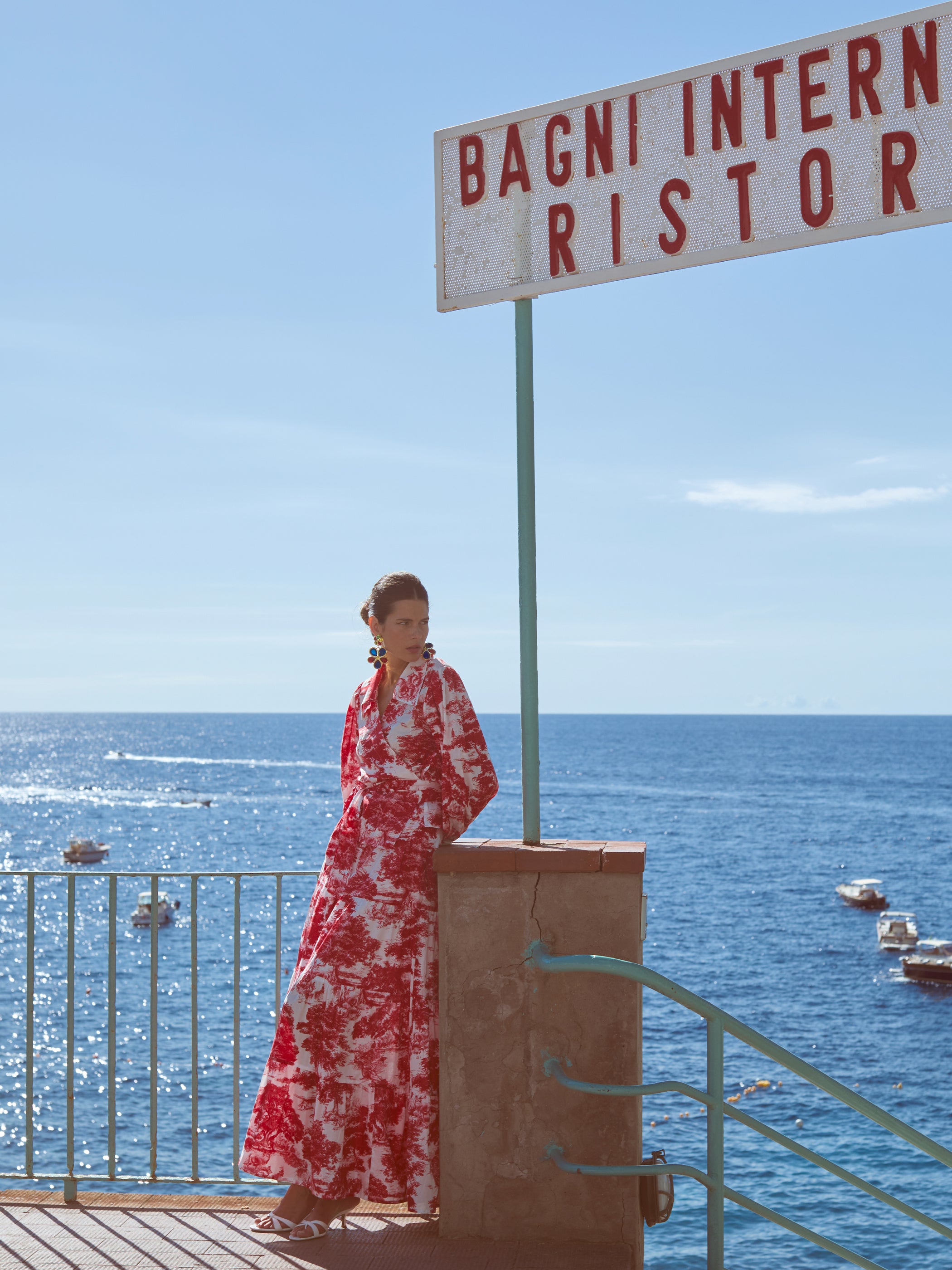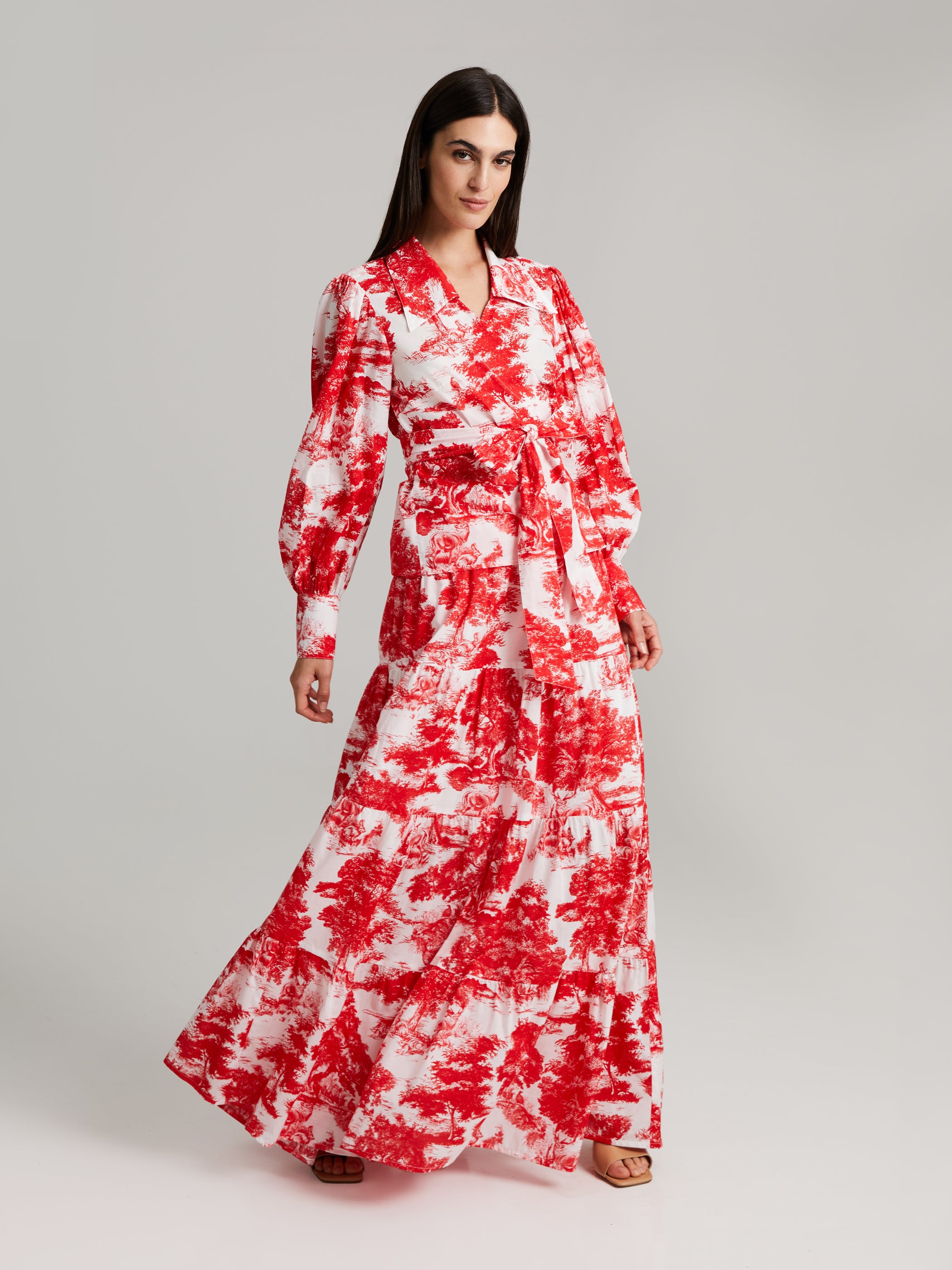Inspiration | 28th May 2024
The history of Toile de Jouy
Toile de Jouy, or "cloth from Jouy," originated in the 18th century in the quaint French town of Jouy-en-Josas, near Versailles. This iconic fabric was the brainchild of visionary entrepreneur Christophe Oberkampf, who established a manufactory in the town where he printed idyllic scenes of rural and pastoral life onto white cotton canvas.
Read more:
The first prints
The first prints of Toile de Jouy were created using wooden molds and later with copper rollers. Monochromatic prints in blue, pink, black, or green became typical due to the production process, where each color required a separate bath.
Oberkampf's original designs were not copyrighted, so they became the inspiration for other printers in France, England and the United States, leading to an explosion of variation and innovation.
Toile de Jouy by Andiata
Today, Toile de Jouy remains a beloved pattern, celebrated for its enduring elegance and sophistication.
"Toile de Jouy is a timeless motif that emphasizes elegance and sophistication," says Matilda Morelius of fashion label Andiata. "Our version depicts traditional scenes of French country life and its animals. We designed the motif a few years ago and it has become a staple that we use in every collection."
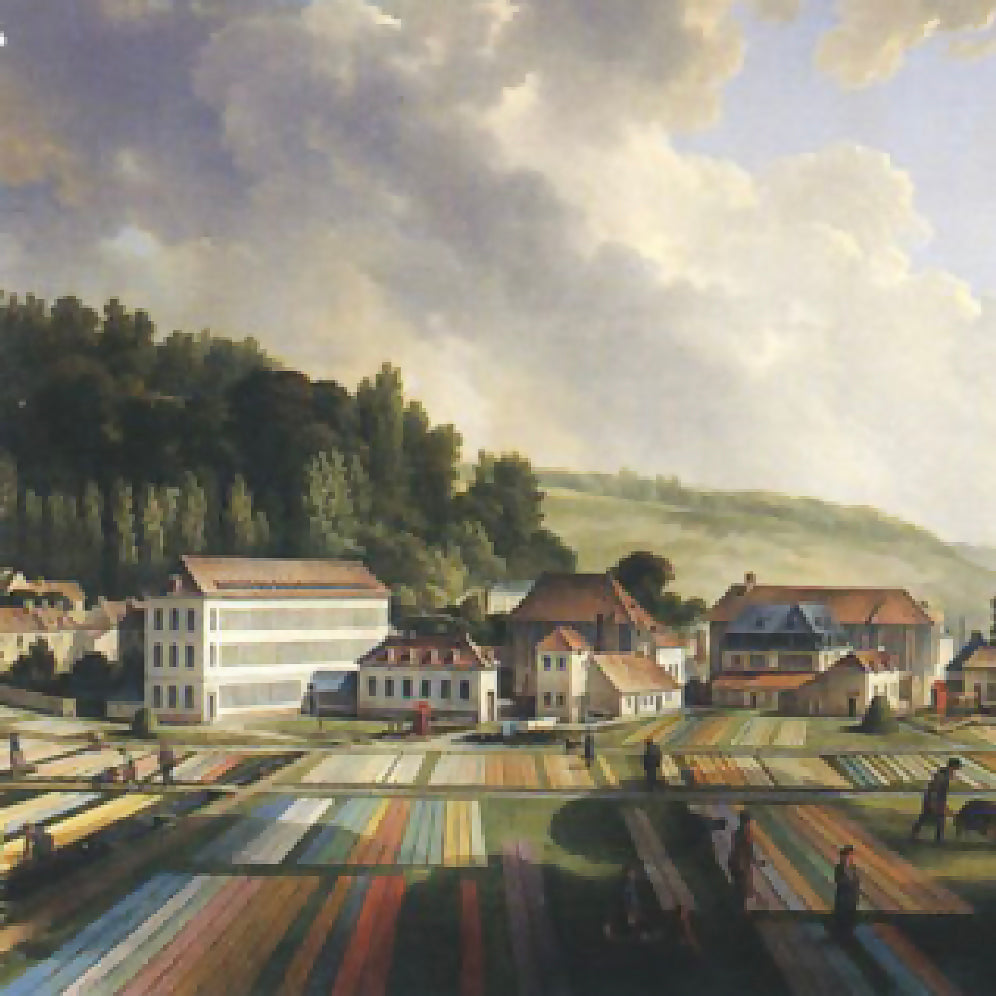
The beginning
The production and import of cotton fabrics in France were banned by Louis XIV in 1686 to protect the French silk industry.
Visionary Christophe Oberkampf built a manufactory on the border between Switzerland and France and began printing cloth. It was only after the ban on the import of cloth and the prohibition of cotton were lifted in 1759 that he moved his business to Jouy-en-Josas.
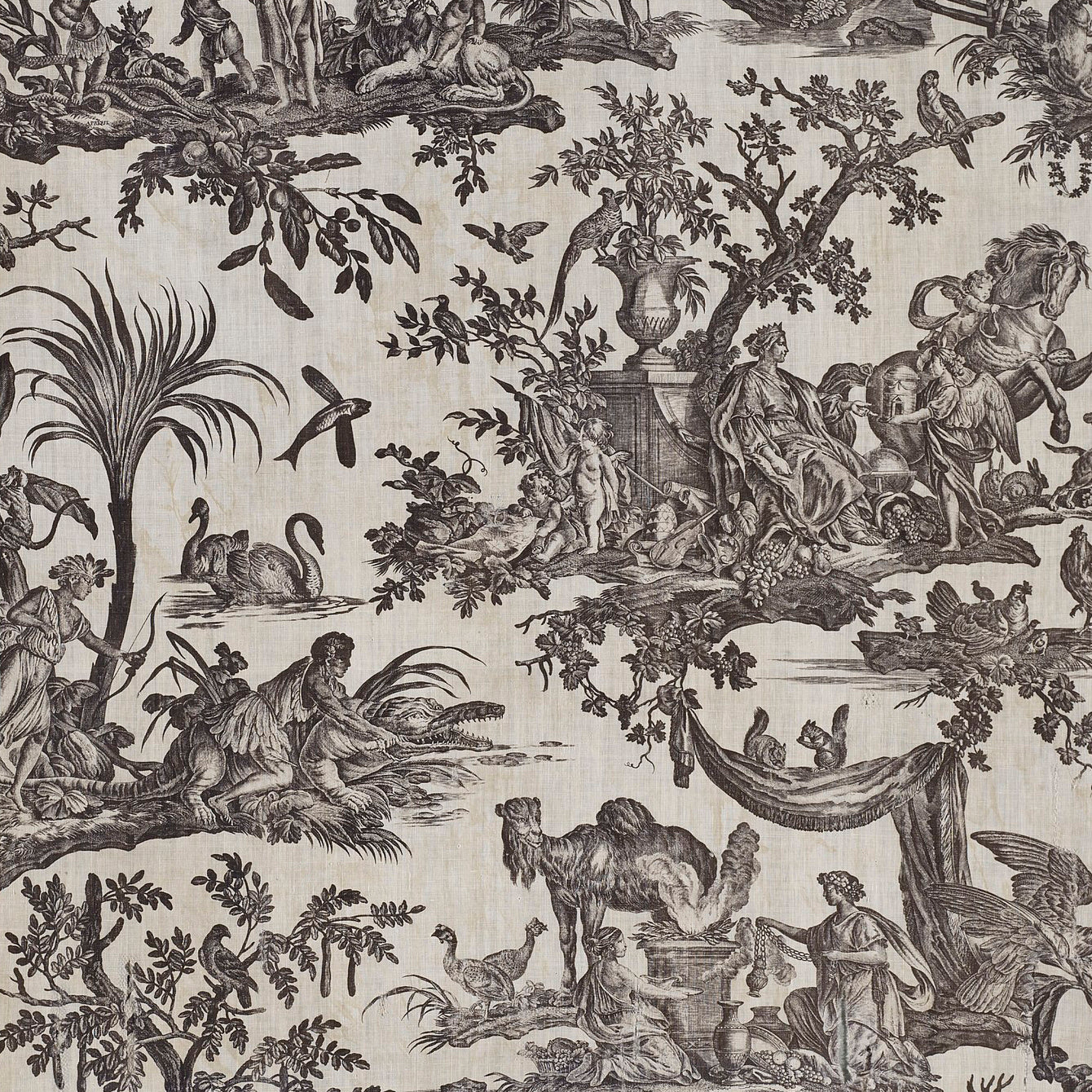
The rise of Toile de Jouy
The popularity of the fabrics soared, partly due to Oberkampf's strategic decision to dry the textiles on the grass, where they caught the eye of wealthy buyers.
His reputation for treating his workers well attracted top talent, ensuring the finest quality in his prints.
Queen Marie Antoinette herself was enchanted by Toile de Jouy. She visited Oberkampf’s factory several times, bringing her kids along to see how the fabric was made.
Emperor Napoleon also liked the fabric, and in 1806 he gave Oberkampf the Legion of Honour for his work.
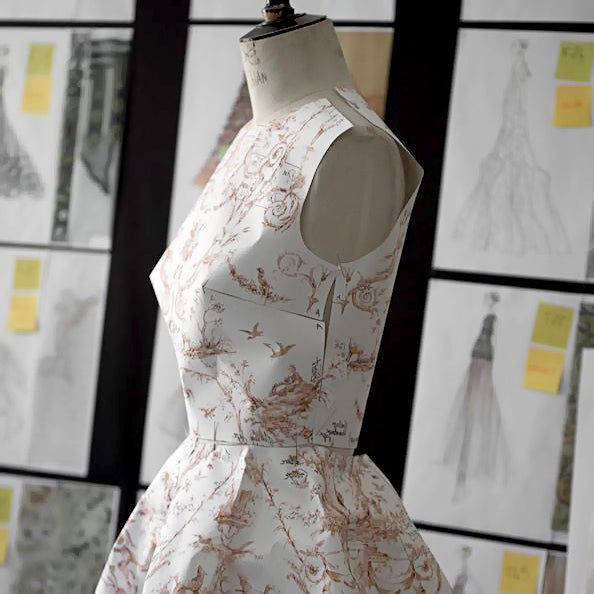
The revival of Toile de Jouy
Despite a dip in popularity during the 19th century, Toile de Jouy experienced a resurgence in the 20th century.
Renowned fashion designers like Christian Dior, Vivienne Westwood, and Jean-Paul Gaultier revitalized the print, incorporating it into their collections.
Dior, in particular, created fashionable dresses using the iconic castle wallpaper fabric.
The beginning
The production and import of cotton fabrics in France were banned by Louis XIV in 1686 to protect the French silk industry.
Visionary Christophe Oberkampf built a manufactory on the border between Switzerland and France and began printing cloth. It was only after the ban on the import of cloth and the prohibition of cotton were lifted in 1759 that he moved his business to Jouy-en-Josas.
The rise of Toile de Jouy
The popularity of the fabrics soared, partly due to Oberkampf's strategic decision to dry the textiles on the grass, where they caught the eye of wealthy buyers.
His reputation for treating his workers well attracted top talent, ensuring the finest quality in his prints.
Queen Marie Antoinette herself was enchanted by Toile de Jouy. She visited Oberkampf’s factory several times, bringing her kids along to see how the fabric was made.
Emperor Napoleon also liked the fabric, and in 1806 he gave Oberkampf the Legion of Honour for his work.
The revival of Toile de Jouy
Despite a dip in popularity during the 19th century, Toile de Jouy experienced a resurgence in the 20th century.
Renowned fashion designers like Christian Dior, Vivienne Westwood, and Jean-Paul Gaultier revitalized the print, incorporating it into their collections.
Dior, in particular, created fashionable dresses using the iconic castle wallpaper fabric.



